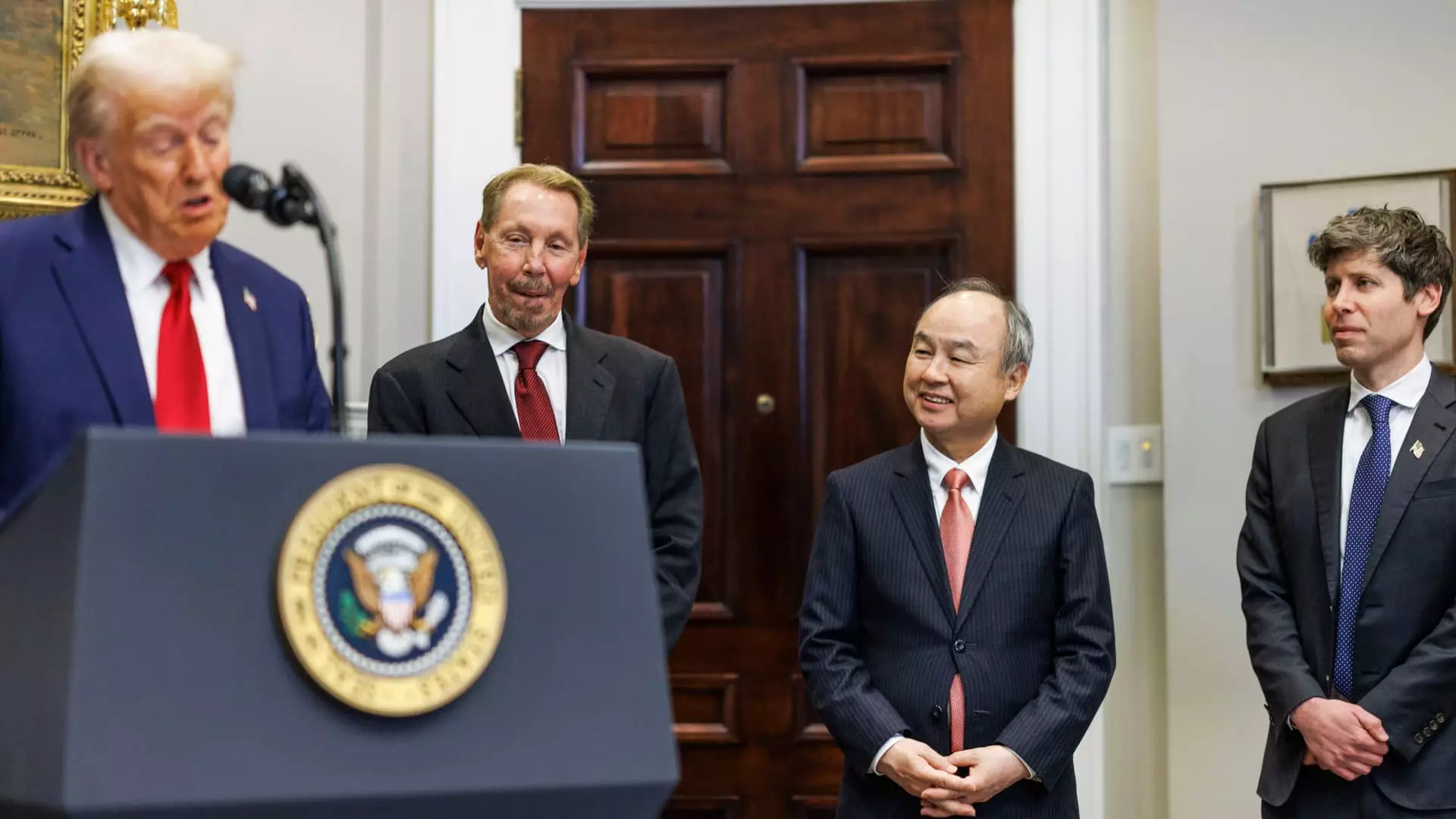The dynamic relationship between tech titans Microsoft and the artificial intelligence startup OpenAI has undergone significant changes. As the landscape of artificial intelligence continues to evolve, Microsoft’s status as the exclusive provider of computing capacity for OpenAI has shifted, indicating not only an innovation in partnerships but also a more competitive tech environment. This article will delve into the implications of this change and how it reflects broader trends in the artificial intelligence sector.
A Shift in Collaboration Dynamics
Microsoft, traditionally seen as a bastion of support for OpenAI, is now managing a relationship that is more complex and competitive. In a recent announcement, Microsoft clarified that while it retains key rights—such as the “right of first refusal” to provide cloud computing capacity before OpenAI considers partnering with other vendors—it is no longer the sole supplier. This decision stems from the need to diversify options to meet OpenAI’s growing computational demands. Historically, Microsoft invested $1 billion in OpenAI back in 2019, a move that solidified their partnership and commitment to the burgeoning field of AI. However, as both companies continue to scale their ambitions, it is prudent that OpenAI expands its options to ensure sustainable growth.
Adding a layer of complexity to this shifting paradigm is the recently announced Stargate Project, unveiled by President Donald Trump. This ambitious initiative involves a consortium of tech leaders, including Oracle and Softbank, aimed at investing between $100 billion and $500 billion to develop AI infrastructure in the United States. The collaboration underscores a critical shift towards cooperative investment in AI, reflecting an understanding that the potential of artificial intelligence requires a concerted effort from several players. Oracle’s role as a “key initial technology partner” affirms its commitment to building the necessary data center infrastructure alongside industry giants including Microsoft and Nvidia. With Oracle already constructing a robust data center with substantial real estate in Texas, the race to establish a competitive edge in AI processing has intensified.
The competitive landscape among cloud providers is continuously evolving, with Microsoft, Amazon, Google, and now Oracle vying for dominance. Despite having significant commitments to Azure, OpenAI has diversified its cloud support by tapping into other providers such as CoreWeave and now Oracle. This pivot raises questions about Microsoft’s market strategy, especially since its previous position as the exclusive provider of AI services is now contested. The necessity for OpenAI to leverage varied cloud computing resources can be seen as a strategic move to ensure resilience and flexibility, particularly as AI demands escalate.
Despite these growing complexities, it is crucial to note that Microsoft still holds substantial stakes in OpenAI’s intellectual property, allowing it to integrate AI models into its product offerings, such as Copilot. This continued association highlights an interdependent relationship: while OpenAI seeks to diversify its cloud partnerships, it remains tied to Microsoft through proprietary technology rights. This dualistic nature of their partnership suggests that as both companies forge ahead into the future, they will have to navigate the delicate balance between collaboration and competition.
As the tech world evolves and new ventures emerge, the relationship between Microsoft and OpenAI serves as a case study that illustrates the broader dynamics of innovation and competition within the AI sector. Business leaders like Microsoft CEO Satya Nadella emphasize the importance of understanding and accommodating the ambitious goals of other partners, such as OpenAI’s CEO Sam Altman. Yet, this balancing act may become increasingly nuanced as more companies enter the fray, each vying for a foothold in the rapidly expanding AI ecosystem.
The recent changes in the partnership between Microsoft and OpenAI mark a pivotal moment in the artificial intelligence landscape. As investments in AI infrastructure soar and new alliances begin to form, the future of AI will be characterized by both collaboration and competition. The reflections of this relationship will undoubtedly ripple through the tech industry for years to come, solidifying the notion that in the race for AI supremacy, flexibility and strategic partnerships are paramount.


Leave a Reply